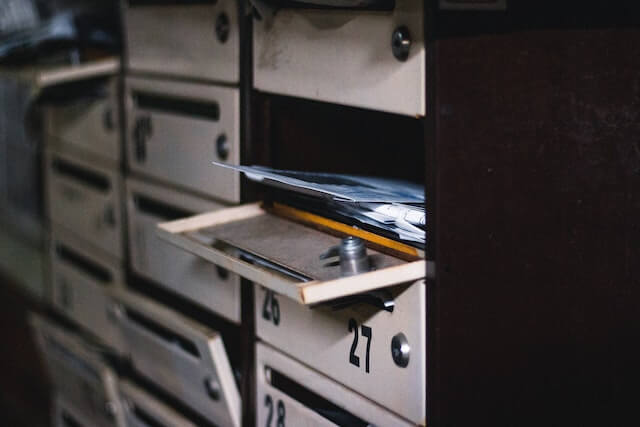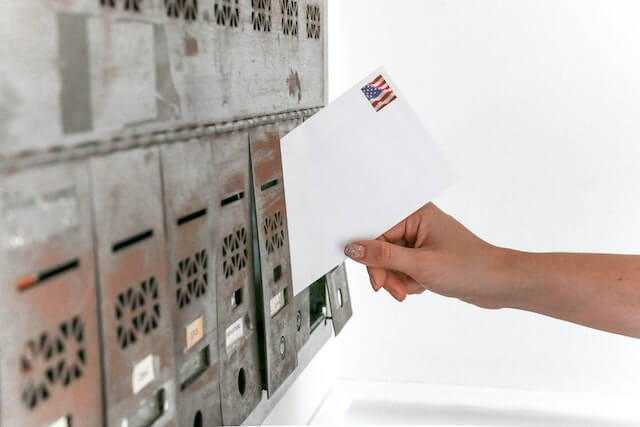Returning a tenant’s security deposit can be a crucial part of maintaining good relationships with your renters. However, the process can be confusing, and you might not know what to include in the security deposit return letter. This guide will provide you with all the necessary information you need to know about returning a security deposit to your tenants.
Compared to other landlord tasks, the process may be simpler. However, it must follow what United States housing law requires.
What Is a Security Deposit for Rent?
A tenant pays a landlord or rental agent an amount of money called a security deposit to cover any potential damages or unpaid rent at the end of the lease. The purpose of a security deposit is to ensure that the landlord or rental agent has enough money to repair any damage the tenant could cause or to cover unpaid rent if necessary.
How Long Does a Landlord Have to Return a Security Deposit?
The laws regarding how long a landlord has to return a security deposit vary by state. However, in most states, the landlord must return the deposit within a specific period, typically between 14 and 30 days after the tenant moves out. It’s essential to check your state laws to ensure you comply and avoid any legal trouble.

When to Provide a Security Deposit Return Letter
Once you’ve deducted any expenses from the security deposit, you must provide your tenant with a security deposit return letter. You should send this letter as soon as possible after the tenant has moved out and you’ve completed the necessary repairs and cleaning. State laws vary as to the timeframe of sending the notice to the tenant.
If the security deposit is not returned without providing any explanation, the renter may file a lawsuit. You can lower your risk of being sued by a renter, especially if you can demonstrate that you made an effort to notify the tenant in time, by sending a security deposit return letter.
What to Include In Your Security Deposit Letter
Your security deposit return letter should include the following information:
- The name of all tenants who rented the property
If multiple tenants rented your property, it is important to remember this. If you’re returning the deposit to only one tenant, make sure to indicate this in the letter.
- Initial security deposit amount
Specify the initial security deposit amount paid by the tenant when the lease started.
- The address of the rental property
Include the rental property’s full address to confirm that you’re referring to the correct rental property. It should be the one they occupied.
- A detailed list of expenses the security deposit was used for
As various states require, you should detail the specific expenses that were deducted from the security deposit in your letter. These expenses can include any damage caused by the tenant, unpaid rent, or cleaning fees. Landlords cannot deduct normal wear and tear from a tenant’s security deposit.
- Receipts for repair and cleaning
Provide copies of any receipts for repairs or cleaning that you paid for with the security deposit. Although not required, proof of expense can help tenants better understand the charges you outlined.

- The remaining balance the tenant will receive (if applicable)
If there is any remaining balance after you’ve deducted all expenses, indicate the amount that you will return to the tenant. You should inform the tenant of the total amount you have deducted, as well as the remaining balance.
Once your security deposit return letter is complete, you may either email it or mail it to your renter so they can review it.
When Should You Return Security Deposit Interest?
Some states require landlords to keep security deposits in an interest-bearing account throughout the lease term. If this is the case, you must include the interest in your security deposit return letter.
When repaying a tenant’s security deposit, you are normally required to pay back the interest earned on the deposit. However, this depends on which state your property is located.
What to do if the Tenant Didn’t Provide a Forwarding Address?
Once the tenant decides to not renew their lease, request a forwarding address from them. If your tenant didn’t provide one, you must make a reasonable effort to locate them. You can mail the security deposit return letter to the last known address and include a note asking the tenant to contact you if they don’t receive it.
To save both paper and electronic records of the letter you sent to your tenant, you can also send it by email.
If you’re unable to locate the tenant, you should follow your state’s laws regarding the disposition of unclaimed property. This might include sending the deposit to the state’s unclaimed property office.

Returning a security deposit to a tenant is an essential part of being a landlord. By including all the necessary information in your security deposit return letter, you can ensure that you comply with US housing laws.
Once that’s all settled, you have to fill in the vacancy. You or your rental agent can quickly do that by publishing a listing on Padleads. The platform lets you syndicate your listing to popular websites so more potential renters can see it. That way, there’s a higher chance of finding a new tenant.